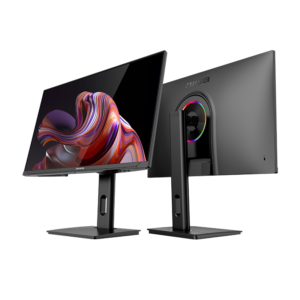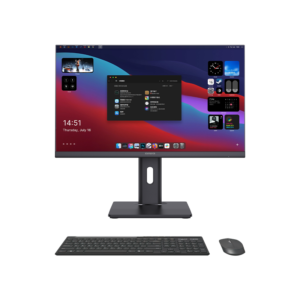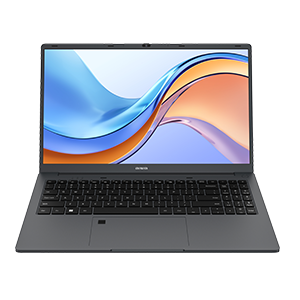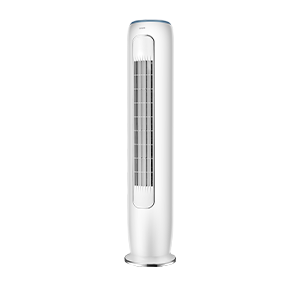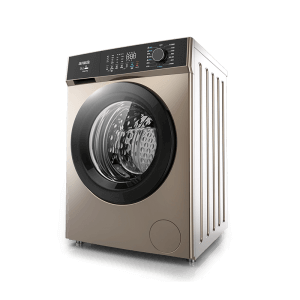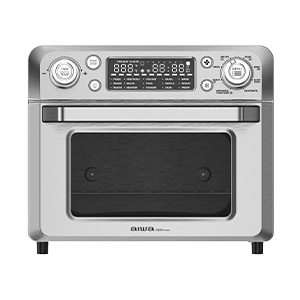If you’re in the market for a new monitor, whether a desktop or laptop, you might wonder how curved LCD monitors could benefit you. After all, they can cost just as much as any other monitor, and you still have to factor in the cost of the monitor stand and display port cables. In this blog post, we’ll go over what the benefits are.

What Makes a Curved Screen?
A curved screen is an interesting technology that has been around for a while now. But what are the benefits of having one? Let’s take a look.
First of all, a curved screen is more ergonomic than a flat screen. It creates an environment that is more comfortable to use, especially if you use it for long periods. It also eliminates the need to adjust your position whenever you want to change the viewing angle.
Another benefit of having a curved screen is that it offers a more immersive experience when watching videos or playing games. As a result, you will be able to feel like you are right there in the scene, rather than just looking at it on flat-screen.
Third, curved screens can improve viewing angles. Curved monitors have a wider viewing angle than traditional flat monitors, making them ideal for use in multi-user settings.
Lastly, curved screens are less likely to suffer from eye strain and fatigue because they do not require you to focus on the same spot on the screen all the time. This can be especially helpful if you work with computers all day long.
The Advantages of the Different Types of Curved Monitors
There are a few different types of curved monitors on the market, and each offers its advantages. Here are a few of the more common types of curved monitors and their benefits:
The VA (VESA Adaptive) Curve monitors are popular for gamers because they offer a wide viewing angle and keep images clear even when viewed from extreme angles. The IPS (In-Plane Switching) Curve monitors are more commonly used in office settings because they provide sharper text and images and improve color accuracy. They also have a wider viewing angle than VA curve monitors. The P-Curve monitors are designed for photo and video editing applications, offering superior image quality and smooth transitions between colors. They also have a narrower viewing angle than other curved monitors, making them best suited for use in confined spaces.
Conclusion
Curved LCD monitors are becoming increasingly popular and for a good reason. Not only do they look great on your desk or side table, but they also come with several benefits you might not have known about. For example, curved monitors typically have better viewing angles than standard monitors so that you can work comfortably from any angle. They’re also easier to use with one hand, making them ideal for busy people who want to be able to multi-task without compromising their screen quality. So if you’re considering buying a curved monitor but aren’t sure if it’s the right fit, look at our selection and find the perfect model for your needs.









